Hundreds of thousands of businesses are powered by Shopify’s intuitive eCommerce platform today. It’s no wonder many entrepreneurs and small business owners are eager to set up online storefronts.
The simplicity of use and the built-in tools make selling products or services through Shopify appealing. However, while it may seem as easy as just signing up and listing your offerings, some key factors are worth considering before starting your store.
So, before rushing off to choosing a fancy theme template, here are the main elements to consider in this project.
1. Your product or service offering
What will you sell? This is the most fundamental decision that will guide the trajectory of your entire Shopify business. It seems simple enough, but carefully curating your product or service selection requires an in-depth understanding of your expertise, profitability potential, ideal customer appeal, and other elements.
Aspects to examine around your commerce offerings include:
- What types of physical product inventory do you have access to or can produce? Evaluate demand, uniqueness, costs, production scalability, shipping needs and other factors.
- What value do you provide for information products or services that customers will pay for? Outline the specific problems you can solve or knowledge you can share.
- Research pricing for similar items in your category. Your offerings should balance customer affordability with your profit goals.
- Carefully examine regulatory requirements for selling certain products like supplements, appliances, or specialty services.
While Shopify makes it easy to add products once set up, the specific offerings you sell can make or break your entire business’s success. Vet these meticulously based on customer appeal, competitive landscape, production ability, and legal compliance.
2. The target audience
Before turning on your Shopify store, one of the most vital steps is gaining crystal-clear insight into exactly who you want to buy your products or services.
To define your target audience:
- Outline specific demographics, like age range, gender, location, income level, education level, family status, etc.
- Determine psychographics, including their interests, values, priorities, pain points and preferences.
- Research how and where your audience engages online, which influencers they follow, what information they consume, and what platforms or channels they actively use.
- Group your potential audience into one or more customer buyer personas based on the information you gather.
When defining your target customer, assumptions may lead to wasted effort and missed sales opportunities. However, zeroing in on exactly who needs your offering makes selling simpler since you uniquely cater to their concerns from the first site visit and onward.
3. Evaluating the competitive landscape
Once you settle on the products or services to sell and your target audience, the next key step is thoroughly evaluating your competitors. Skip this research step, and you risk mispricing items or failing to differentiate your business from the pack.
So how do you assess the competitive landscape?
- Search for other online stores selling identical or highly similar offerings. Analyse their pricing, product variety, website design, marketing messaging, and special offers.
- Make a list of direct competitors and indirect competitors. For example, local boutiques or even Amazon may compete for the same customer wallet share.
- Create a spreadsheet comparing your planned offerings to competitor prices, features, images, and product details. Identify potential gaps or advantages.
- Check competitor reviews and social media sentiment. What do customers like or want that these businesses currently lack?
- Sign up for competitor email lists to analyse their marketing outreach efforts and promos.
This competitor research will fuel smart decisions around pricing, web design, product assortment, marketing offers and more as you launch your Shopify store. You can position new offerings to stand out while avoiding going significantly higher or lower on pricing without justification.
4. Accounting for legal and regulatory requirements
While eager to get your Shopify store up and running, you must examine the legal and regulatory requirements for selling your products or services online. Overlooking this step can lead to violations, penalties, refund demands, and even bans from payment processors or web hosts down the road.
Some key areas to research include:
- Sales tax collection policies based on the locations of your business operations and customers
- Labelling, packaging, and shipping regulations
- Product warning requirements
- Commercial liability insurance needs
- Data protection and privacy regulations for storing customer information
- Food handling or specialty licenses, depending on offerings
- Rules around making medical or other claims about products or services
Consult legal counsel if needed to ensure your Shopify business meets requirements. Automate sales tax calculations and integrate secure payment gateways to simplify compliance. While not the most glamorous task, addressing regulations from the start protects your business and avoids issues when trying to scale.
Conclusion
Successfully launching a Shopify eCommerce website requires careful planning around key elements upfront. Before jumping into store design and listings, vet your product selection’s appeal, production scalability, and profit potential. Research target buyer demographics and psychographics extensively. Scrutinise competitor landscape for gaps and positioning, and also allow time to address all legal and regulatory requirements around sales tax, licensing, data privacy, and more based on your offerings.


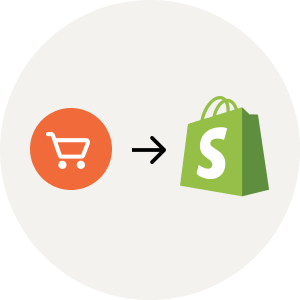
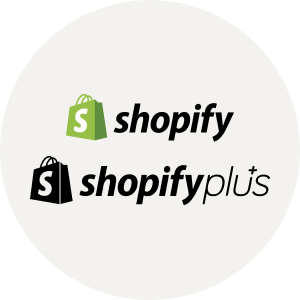

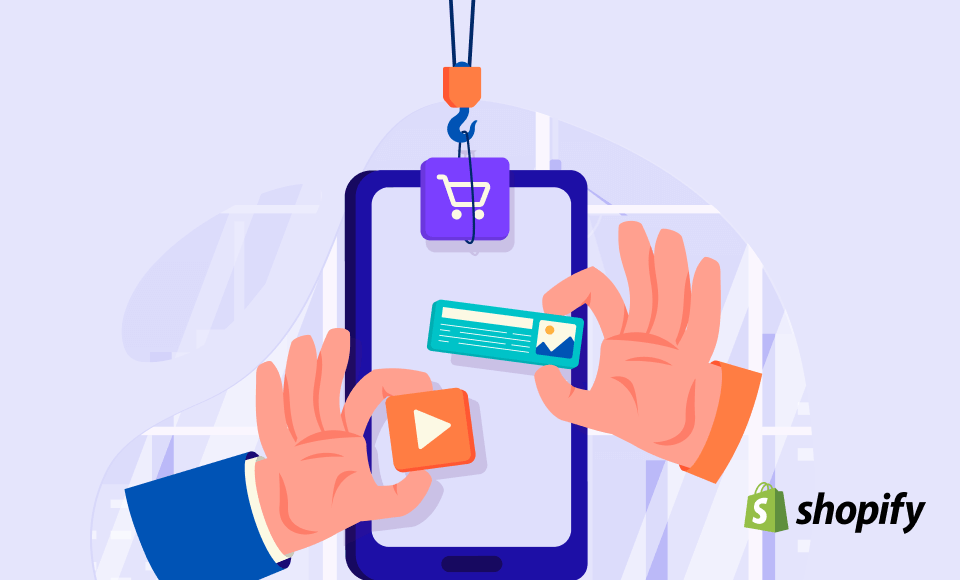
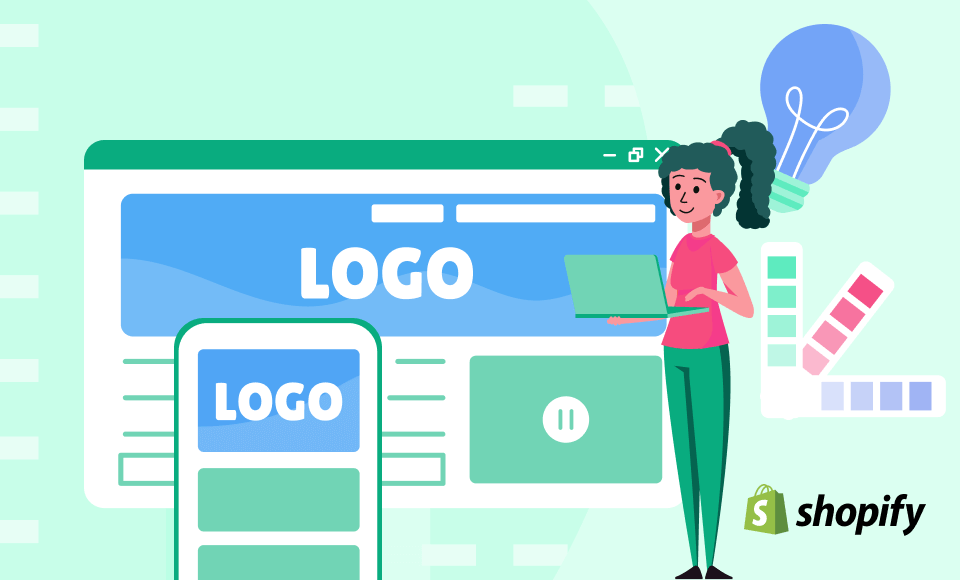
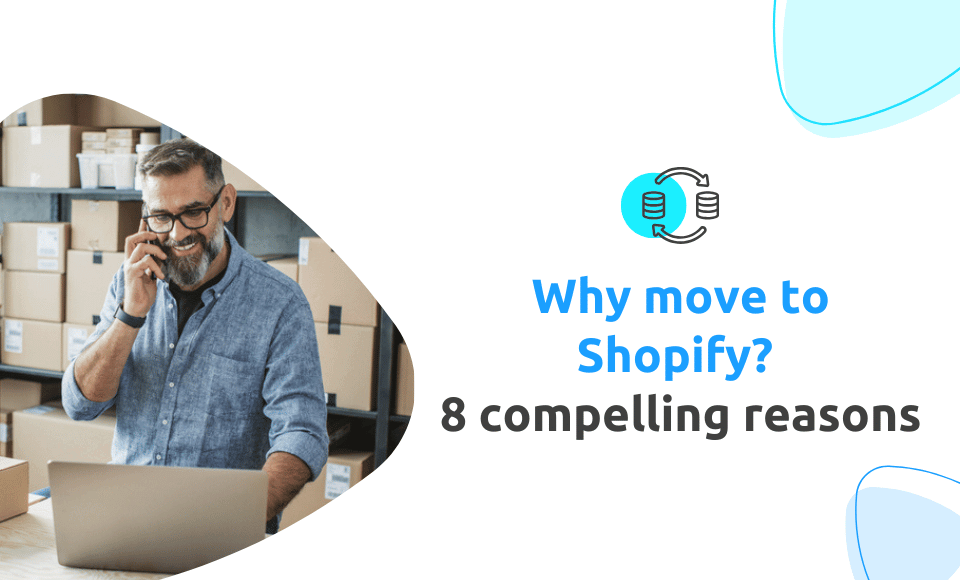
Leave a comment
This site is protected by hCaptcha and the hCaptcha Privacy Policy and Terms of Service apply.